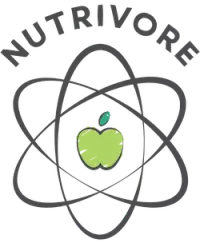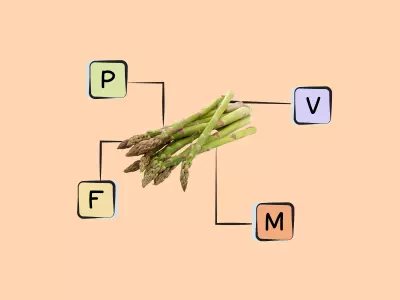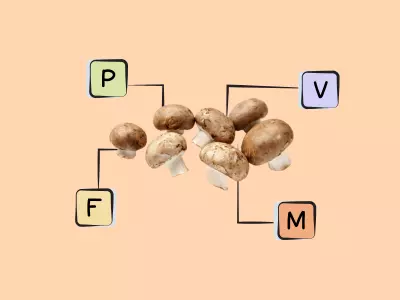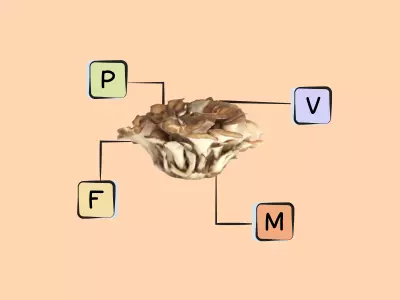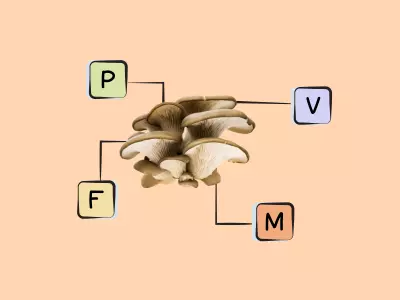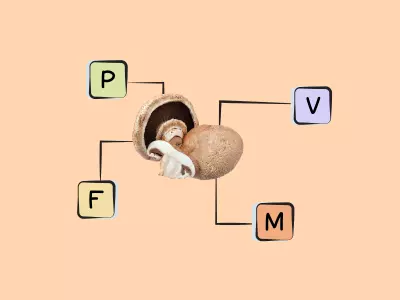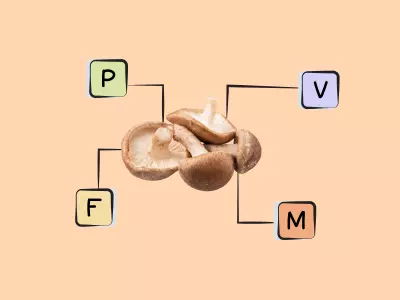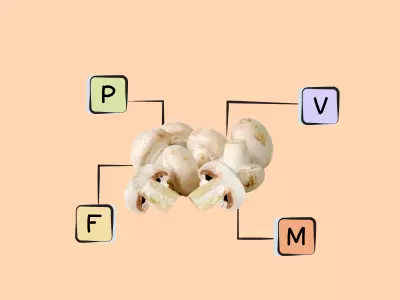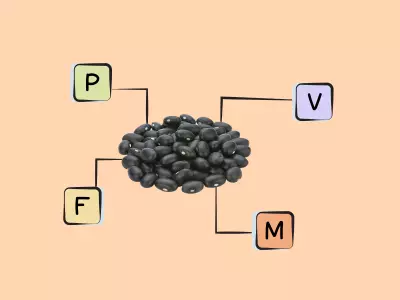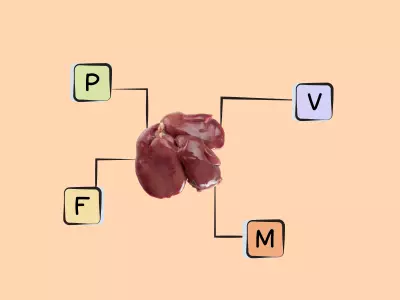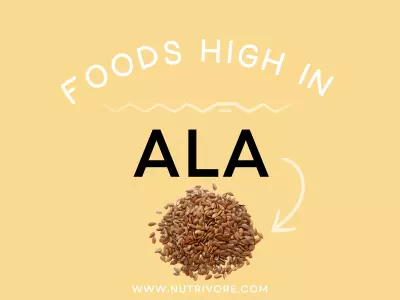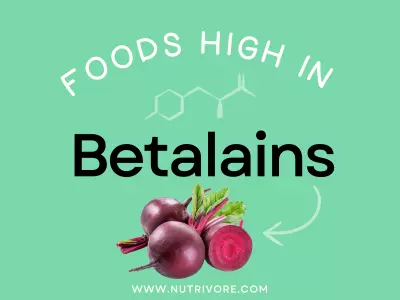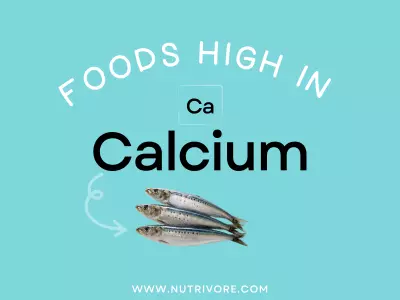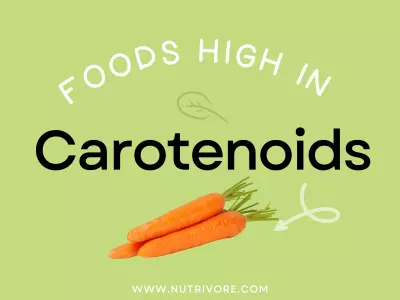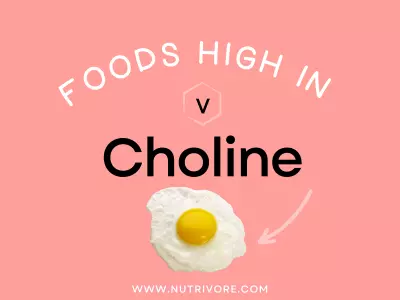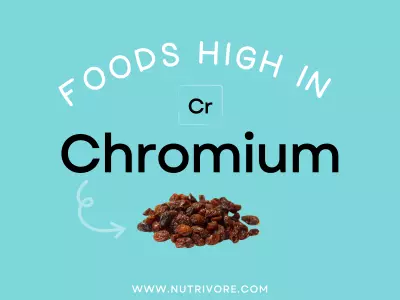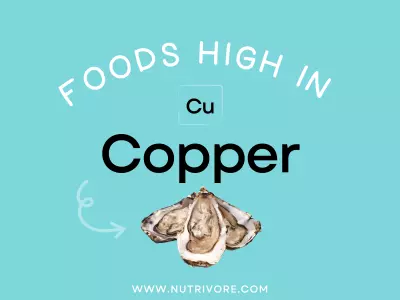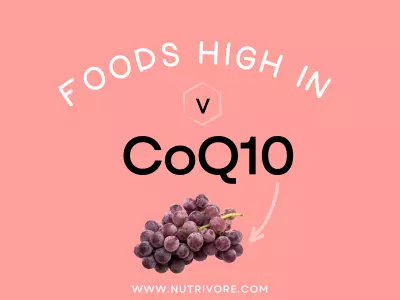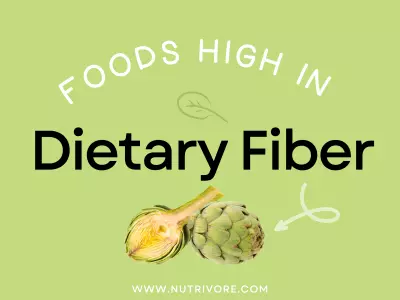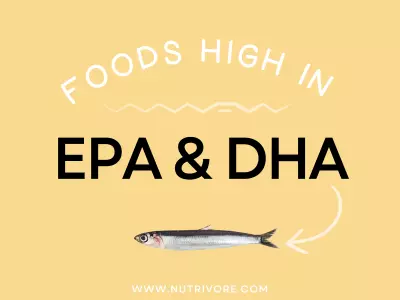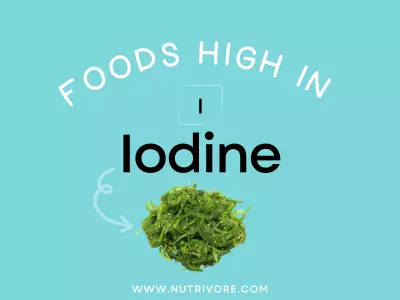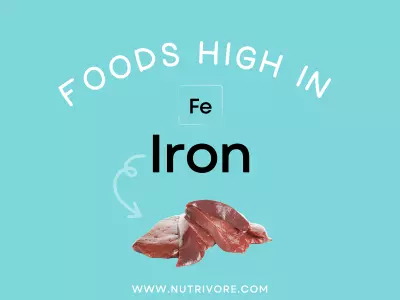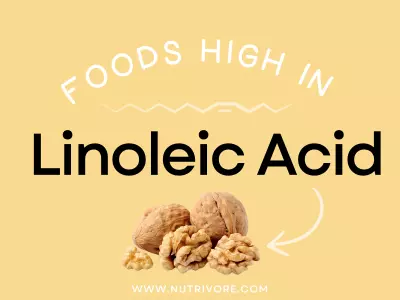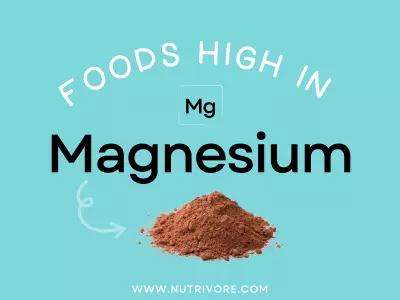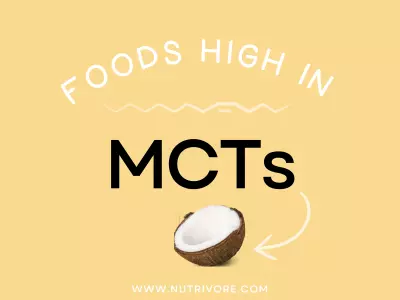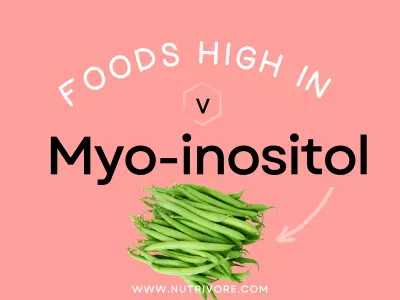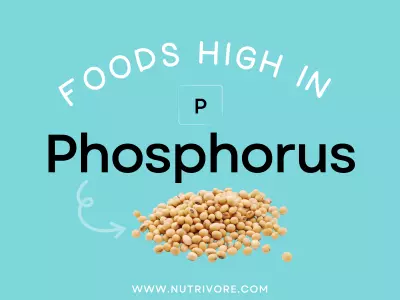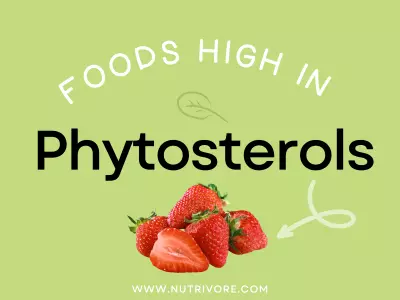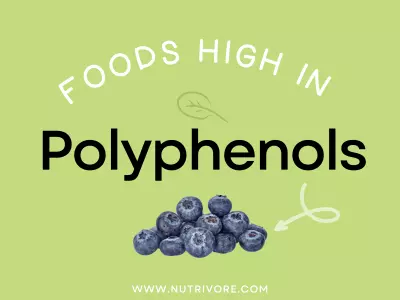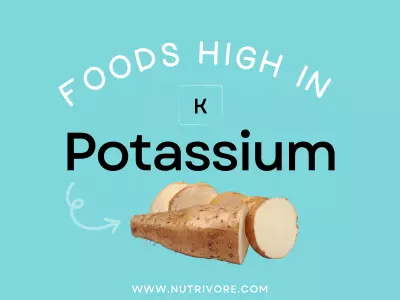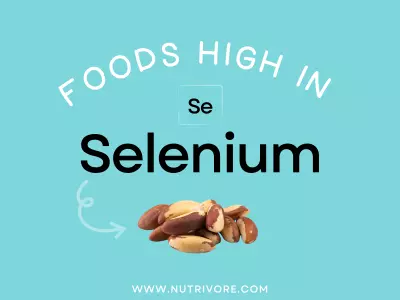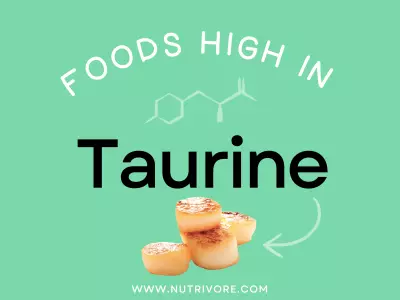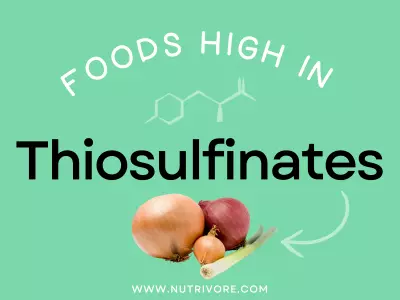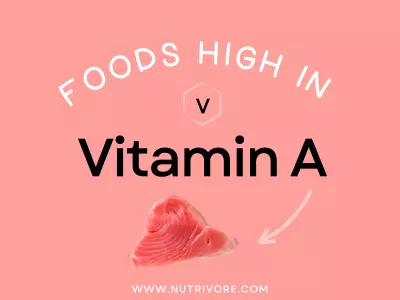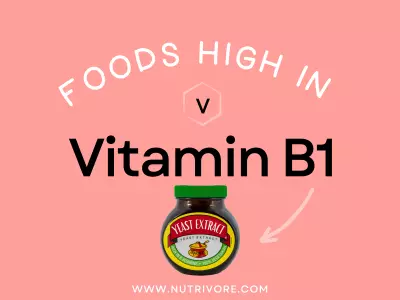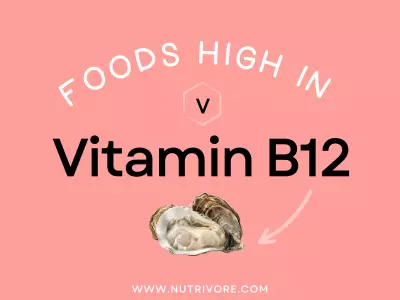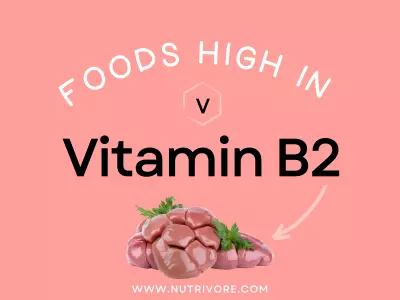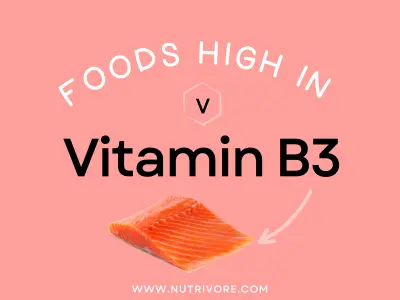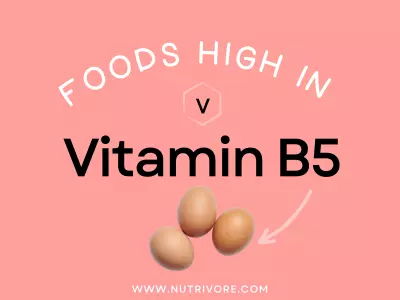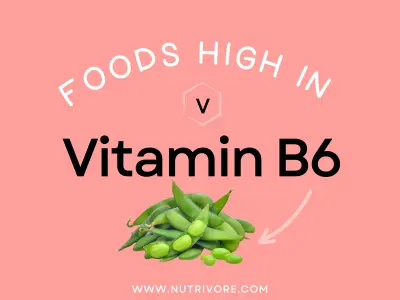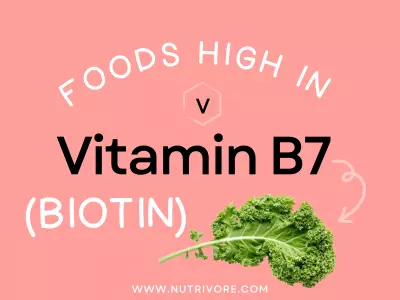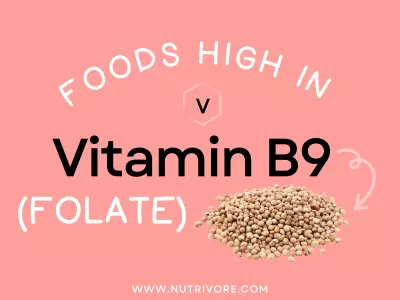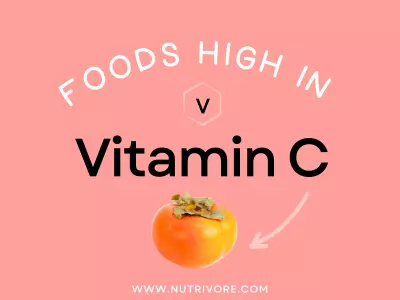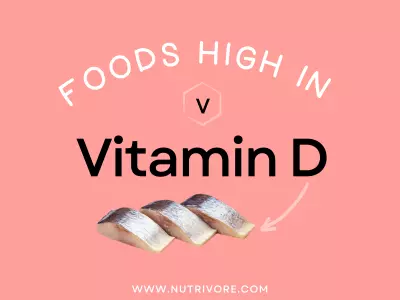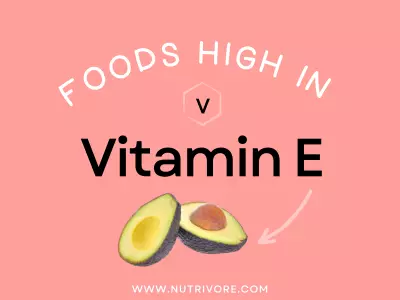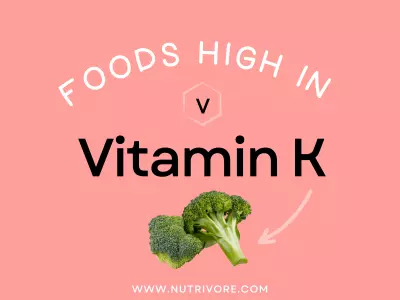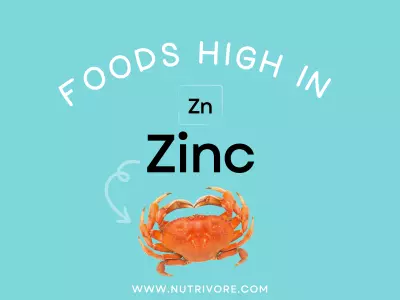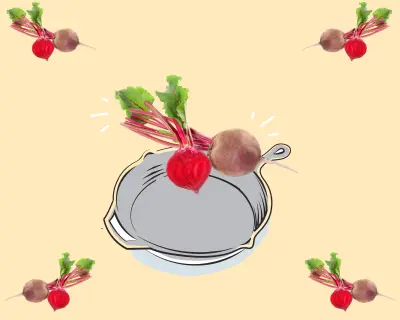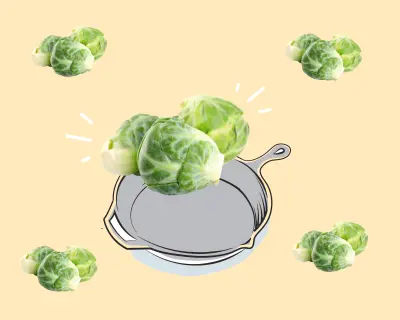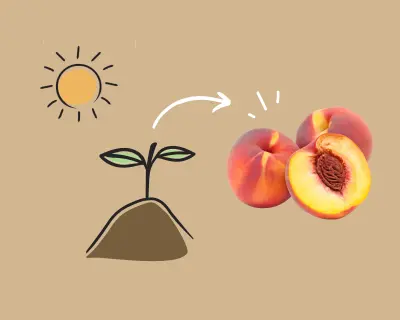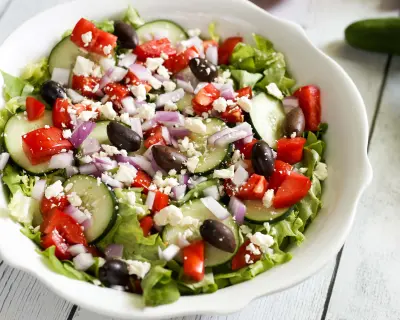Table of Contents[Hide][Show]
Top 5 Common Food Sources of Ergothioneine
Looking to get more ergothioneine in your diet? Look no further! My team and I have crunched the numbers and did all the math to determine the top 5 common food sources of this non-proteinogenic amino acid, per serving. Getting enough ergothioneine as part of a healthy balanced diet is important since a large collection of studies show that getting nutrients from dietary supplements or multivitamins doesn’t improve health outcomes compared to getting nutrients from foods!
| Rank | Food | Nutrivore Score | Serving Size (Raw) | Ergothioneine (mg/serving) | % Recommended Target |
|---|---|---|---|---|---|
| 1 | Shiitake Mushrooms | 4343 | 1 cup, sliced | 24.4 | 1086 |
| 2 | Enoki Mushrooms | 4434 | 1 cup, sliced | 19.4 | 861 |
| 3 | Maitake Mushrooms | 3551 | 1 cup, diced | 12.2 | 541 |
| 4 | Oyster Mushrooms | 2550 | 1 cup, sliced | 11.3 | 500 |
| 5 | Tempeh | 438 | 1/2 cup | 3.4 | 150 |
Want to know more about this important nutrient including the benefits of ergothioneine for human health, how much ergothioneine we need, what happens if we have low ergothioneine levels or if we get too much, and ergothioneine content of other foods? Keep reading to learn all there is to know about this nutrient connected to healthy aging!
Learn What Foods Are the Best Sources of Every Nutrient
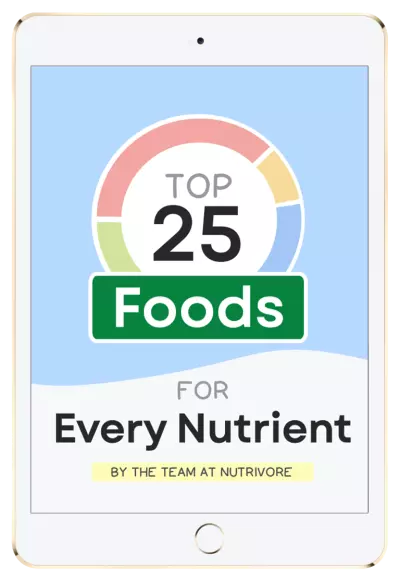
The Top 25 Foods for Every Nutrient
The Top 25 Foods for Every Nutrient e-book is a well-organized, easy-to-use, grocery store-friendly guide to help you choose foods that fit your needs of 43 important nutrients while creating a balanced nutrient-dense diet.
Get two “Top 25” food lists for each nutrient, plus you’ll find RDA charts for everyone, informative visuals, fun facts, serving sizes and the 58 foods that are Nutrient Super Stars!
Buy now for instant digital access.
What Is Ergothioneine and What Does It Do?
Ergothioneine is a non-proteinogenic amino acid derivative of histidine first discovered by Charles Tanret who purified it from the ergot fungus. This amino acid accumulates within tissues through the action of an organic cation transporter called SLC22A4 (formerly called OCTN1), accumulating at higher concentrations in red blood cells (erythrocytes), bone marrow, kidneys, liver, seminal fluid, cerebellum, spinal cord, and eyes. This ergothioneine transporter is also expressed in most skin cells and studies have shown that ergothioneine can be taken directly taken up by mitochondria in addition to being taken up through our gut. As a result, ergothioneine tends to accumulate and distribute at higher concentrations in abnormal tissues, during inflammatory states, and during the repair of damaged cells. It exists in both thione and thiol forms and the ability to shift between these forms allows ergothioneine to have different chemical and biological properties in different environments. This flexibility also contributes to its diverse biochemical roles! Evidence suggests it serves its most important functions under conditions of oxidative stress, which means the antioxidant effects of ergothioneine are one of its most important roles. Ergothioneine directly scavenges a wide range of free radicals in turn preventing them from causing lipid per-oxidation and oxidative damage to DNA and proteins.
Ergothioneine’s powerful antioxidant and anti-inflammatory properties have been shown to lower risk of diseases associated with aging, including cardiovascular disease, cancer, liver disease, cognitive decline, cataracts, and Alzheimer’s disease. It has been shown to enhance memory, reduce risk of depression, reduce neuroinflammation, improve sleep, and protect against ulcerative colitis. There’s evidence for a role in fetal development, female fertility, and it reduces risk of preeclampsia. Ergothioneine has even been called the “longevity vitamin” since studies show that it reduces all-cause mortality and is associated with longer lifespan. Learn more here.
Ergothioneine Deficiency
No specific diseases of deficiency occur from low ergothioneine intake.
Symptoms of Deficiency
While no specific deficiency diseases are linked to low ergothioneine intake, research suggests that inadequate dietary intake may contribute to age-related conditions such as neurodegenerative diseases (including dementia, cognitive decline, and Parkinson’s disease), as well as frailty, cardiovascular disease, and eye disorders. However, more studies are needed to clarify whether ergothioneine directly prevents these conditions or if its absence simply increases susceptibility.
Learn more here.
How Much Ergothioneine Do We Need?
Currently there are no official guidelines for ergothioneine intake requirements but we have set a recommended target of 2.25 mg for adults based on Team Nutrivore’s review of the scientific literature, established with the aim of providing improvements for overall health and reduction in chronic disease risk. The European Food Safety Authority’s Panel on Dietetic Products has determined safe upper intake limits for ergothioneine as 2.82 mg per kg of body weight for infants, 3.39 mg per kg for young children, and 1.31 mg per kg for adults, including those who are pregnant or breastfeeding.
Nutrient Daily Values
Nutrition requirements and recommended nutrient intake for infants, children, adolescents, adults, mature adults, and pregnant and lactating individuals.
More Food Sources of Ergothioneine
Mushroom consumption is our very best way of obtaining ergothioneine from our diets, accounting for about 95% of our total dietary intake. All mushrooms contain this important nutrient, though exact quantities vary, with shiitake containing the highest levels. Other food sources of ergothioneine include tempeh, asparagus, organ meats such as liver and kidney, black beans, red beans, pork, beef, garlic, Brazil nuts, lamb, chicken, and oat bran.
Best Food Sources of Ergothioneine
The following foods contain high levels of ergothioneine with at least 1.13 mg per serving making them our best food sources of this important nutrient!
Good Food Sources of Ergothioneine
The following foods are excellent or good source of ergothioneine, containing at least 0.23 mg of ergothioneine (and up to 1.13 mg) per serving.
Top 5 Common Food Sources
If you’re looking for top 5 common food sources of other important nutrients check out these posts!
cITATIONS
Expand to see all scientific references for this article.
Ba DM, Gao X, Al-Shaar L, Muscat J, Chinchilli VM, Ssentongo P, Zhang X, Liu G, Beelman RB, Richie JP Jr. Prospective study of dietary mushroom intake and risk of mortality: results from continuous National Health and Nutrition Examination Survey (NHANES) 2003-2014 and a meta-analysis. Nutr J. 2021 Sep 21;20(1):80. doi: 10.1186/s12937-021-00738-w. PMID: 34548082; PMCID: PMC8454070.
Beelman RB, Phillips AT, Richie JP Jr, Ba DM, Duiker SW, Kalaras MD. Health consequences of improving the content of ergothioneine in the food supply. FEBS Lett. 2022 May;596(10):1231-1240. doi: 10.1002/1873-3468.14268. Epub 2022 Jan 10. Erratum in: FEBS Lett. 2022 Sep;596(18):2465. doi: 10.1002/1873-3468.14472. PMID: 34954825.
Borodina I, Kenny LC, McCarthy CM, Paramasivan K, Pretorius E, Roberts TJ, van der Hoek SA, Kell DB. The biology of ergothioneine, an antioxidant nutraceutical. Nutr Res Rev. 2020 Dec;33(2):190-217. doi: 10.1017/S0954422419000301. Epub 2020 Feb 13. PMID: 32051057; PMCID: PMC7653990.
Cheah IK, Halliwell B. Ergothioneine; antioxidant potential, physiological function and role in disease. Biochim Biophys Acta. 2012 May;1822(5):784-93. doi: 10.1016/j.bbadis.2011.09.017. Epub 2011 Oct 4. PMID: 22001064.
Cheah IK, Halliwell B. Ergothioneine, recent developments. Redox Biol. 2021 Jun;42:101868. doi: 10.1016/j.redox.2021.101868. Epub 2021 Jan 26. PMID: 33558182; PMCID: PMC8113028.
Deiana M, Rosa A, Casu V, Piga R, Assunta Dessì M, Aruoma OI. L-ergothioneine modulates oxidative damage in the kidney and liver of rats in vivo: studies upon the profile of polyunsaturated fatty acids. Clin Nutr. 2004 Apr;23(2):183-93. doi: 10.1016/S0261-5614(03)00108-0. PMID: 15030958.
EFSA Panel on Dietetic Products, Nutrition and Allergies (NDA); Turck D, Bresson JL, Burlingame B, Dean T, Fairweather-Tait S, Heinonen M, Hirsch-Ernst KI, Mangelsdorf I, McArdle HJ, Naska A, Neuhäuser-Berthold M, Nowicka G, Pentieva K, Sanz Y, Siani A, Sjödin A, Stern M, Tomé D, Vinceti M, Willatts P, Engel KH, Marchelli R, Pöting A, Poulsen M, Schlatter JR, Ackerl R, van Loveren H. Statement on the safety of synthetic l-ergothioneine as a novel food – supplementary dietary exposure and safety assessment for infants and young children, pregnant and breastfeeding women. EFSA J. 2017 Nov 13;15(11):e05060. doi: 10.2903/j.efsa.2017.5060. PMID: 32625352; PMCID: PMC7010164.
Ey J, Schömig E, Taubert D. Dietary sources and antioxidant effects of ergothioneine. J Agric Food Chem. 2007 Aug 8;55(16):6466-74. doi: 10.1021/jf071328f. Epub 2007 Jul 6. PMID: 17616140.
Fong ZW, Tang RMY, Cheah IK, Leow DMK, Chen L, Halliwell B. Ergothioneine and mitochondria: An important protective mechanism? Biochem Biophys Res Commun. 2024 Sep 24;726:150269. doi: 10.1016/j.bbrc.2024.150269. Epub 2024 Jun 19. PMID: 38909533.
Gründemann D, Hartmann L, Flögel S. The ergothioneine transporter (ETT): substrates and locations, an inventory. FEBS Lett. 2022 May;596(10):1252-1269. doi: 10.1002/1873-3468.14269. Epub 2022 Jan 7. PMID: 34958679.
Jomova K, Raptova R, Alomar SY, Alwasel SH, Nepovimova E, Kuca K, Valko M. Reactive oxygen species, toxicity, oxidative stress, and antioxidants: chronic diseases and aging. Arch Toxicol. 2023 Oct;97(10):2499-2574. doi: 10.1007/s00204-023-03562-9. Epub 2023 Aug 19. PMID: 37597078; PMCID: PMC10475008.
Kalaras MD, Richie JP, Calcagnotto A, Beelman RB. Mushrooms: A rich source of the antioxidants ergothioneine and glutathione. Food Chem. 2017 Oct 15;233:429-433. doi: 10.1016/j.foodchem.2017.04.109. Epub 2017 Apr 20. PMID: 28530594.
Leow DM, Cheah IK, Fong ZW, Halliwell B, Ong WY. Protective Effect of Ergothioneine against 7-Keto cholesterol-Induced Mitochondrial Damage in hCMEC/D3 Human Brain Endothelial Cells. Int J Mol Sci. 2023 Mar 13;24(6):5498. doi: 10.3390/ijms24065498. PMID: 36982572; PMCID: PMC10056831.
Li N, Li H, Liu Z, Feng G, Shi C, Wu Y. Unveiling the Therapeutic Potentials of Mushroom Bioactive Compounds in Alzheimer’s Disease. Foods. 2023 Aug 7;12(15):2972. doi: 10.3390/foods12152972. PMID: 37569241; PMCID: PMC10419195.
Li RW, Yang C, Sit AS, Kwan YW, Lee SM, Hoi MP, Chan SW, Hausman M, Vanhoutte PM, Leung GP. Uptake and protective effects of ergothioneine in human endothelial cells. J Pharmacol Exp Ther. 2014 Sep;350(3):691-700. doi: 10.1124/jpet.114.214049. Epub 2014 Jul 14. PMID: 25022513.
Smith E, Ottosson F, Hellstrand S, Ericson U, Orho-Melander M, Fernandez C, Melander O. Ergothioneine is associated with reduced mortality and decreased risk of cardiovascular disease. Heart. 2020 May;106(9):691-697. doi: 10.1136/heartjnl-2019-315485. Epub 2019 Oct 31. PMID: 31672783; PMCID: PMC7229907.
Sousa AS, Araújo-Rodrigues H, Pintado ME. The Health-promoting Potential of Edible Mushroom Proteins. Curr Pharm Des. 2023;29(11):804-823. doi: 10.2174/1381612829666221223103756. PMID: 36567303.
Tang RMY, Cheah IK, Yew TSK, Halliwell B. Distribution and accumulation of dietary ergothioneine and its metabolites in mouse tissues. Sci Rep. 2018 Jan 25;8(1):1601. doi: 10.1038/s41598-018-20021-z. PMID: 29371632; PMCID: PMC5785509.
Tian X, Cioccoloni G, Sier JH, Naseem KM, Thorne JL, Moore JB. Ergothioneine supplementation in people with metabolic syndrome (ErgMS): protocol for a randomised, double-blind, placebo-controlled pilot study. Pilot Feasibility Stud. 2021 Oct 29;7(1):193. doi: 10.1186/s40814-021-00929-6. PMID: 34715934; PMCID: PMC8555363.
Wang Z, Ma J, Miao Z, Sun Y, Dong M, Lin Y, Wu Y, Sun Z. Ergothioneine inhibits the progression of osteoarthritis via the Sirt6/NF-κB axis both in vitro and in vivo. Int Immunopharmacol. 2023 Jun;119:110211. doi: 10.1016/j.intimp.2023.110211. Epub 2023 May 6. PMID: 37156032.
Wu LY, Cheah IK, Chong JR, Chai YL, Tan JY, Hilal S, Vrooman H, Chen CP, Halliwell B, Lai MKP. Low plasma ergothioneine levels are associated with neurodegeneration and cerebrovascular disease in dementia. Free Radic Biol Med. 2021 Dec;177:201-211. doi: 10.1016/j.freeradbiomed.2021.10.019. Epub 2021 Oct 19. PMID: 34673145.
Yadan JC. Matching chemical properties to molecular biological activities opens a new perspective on l-ergothioneine. FEBS Lett. 2022 May;596(10):1299-1312. doi: 10.1002/1873-3468.14264. Epub 2022 Jan 19. PMID: 34928499.
